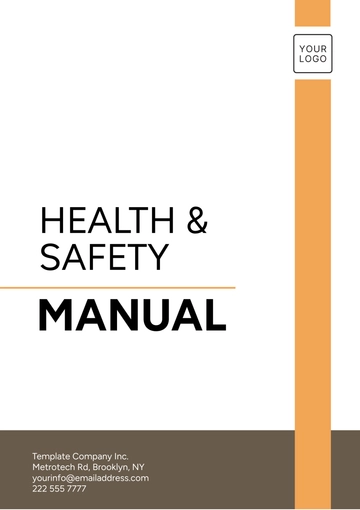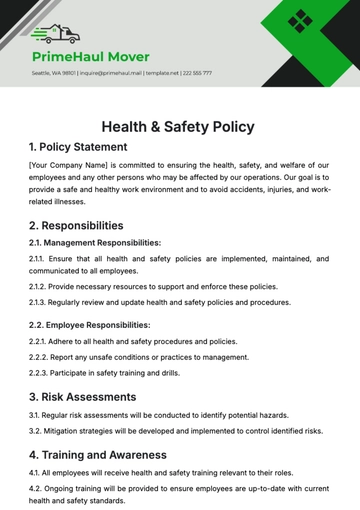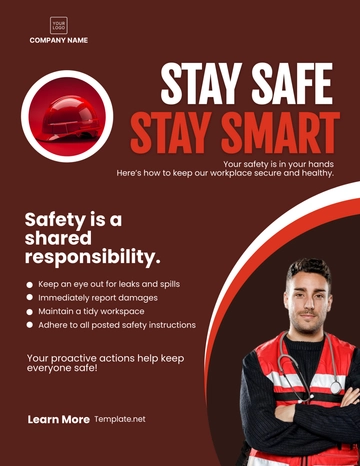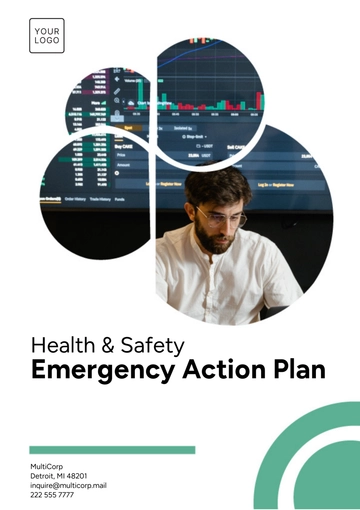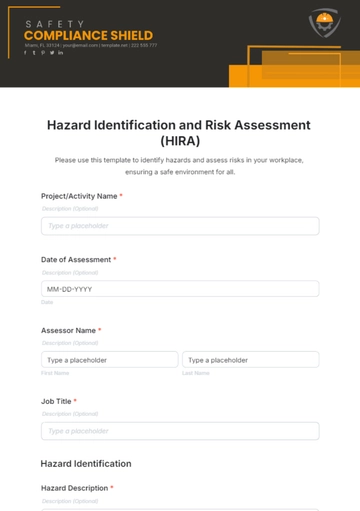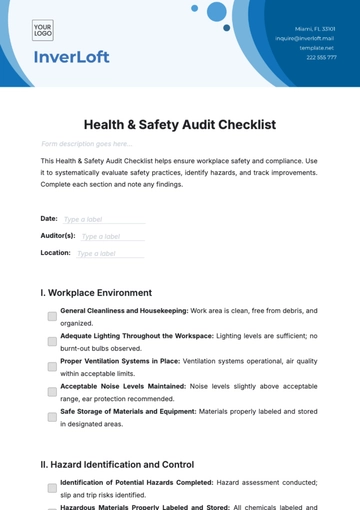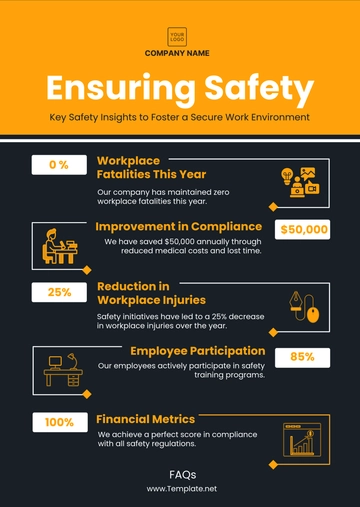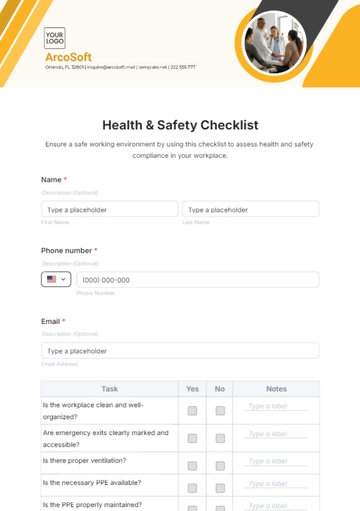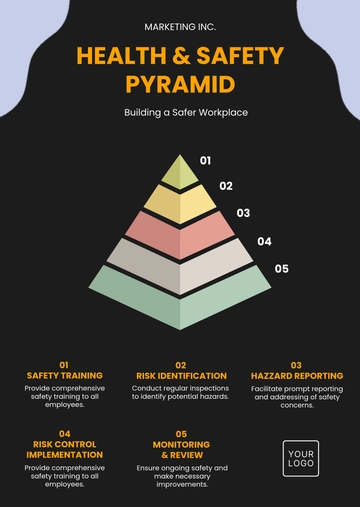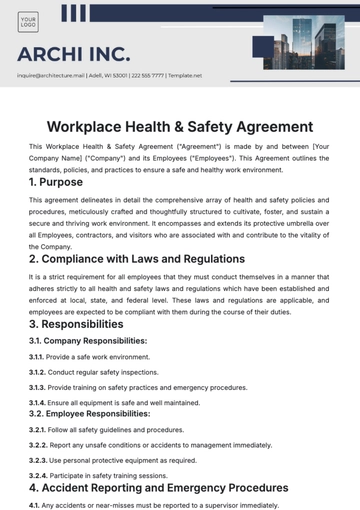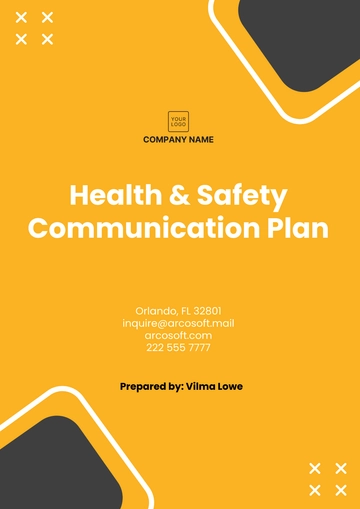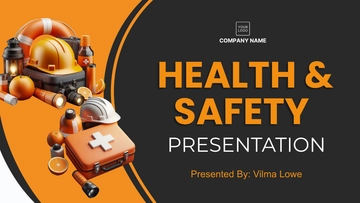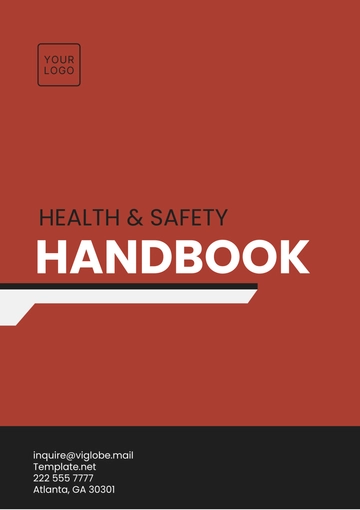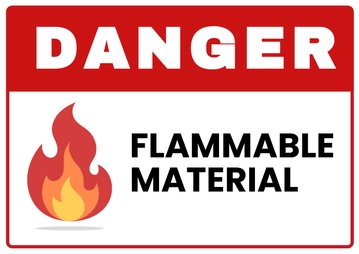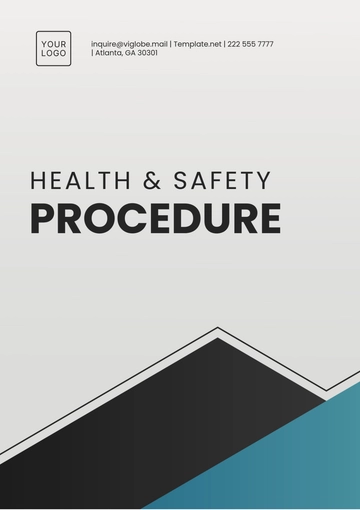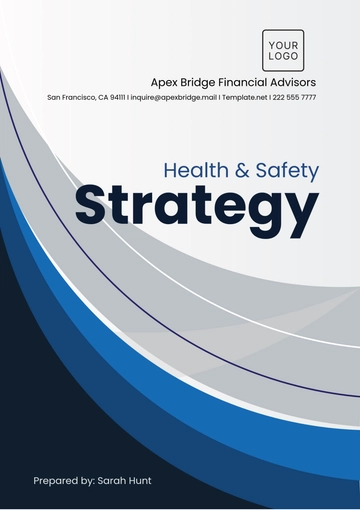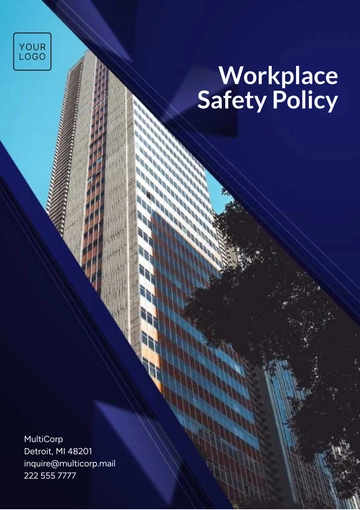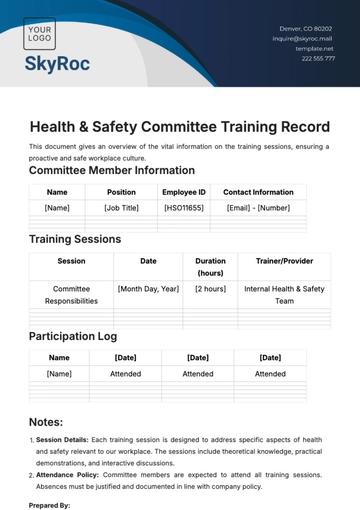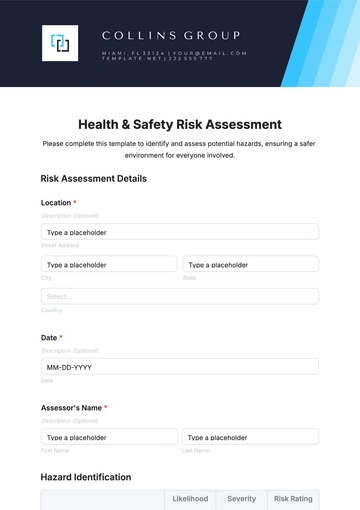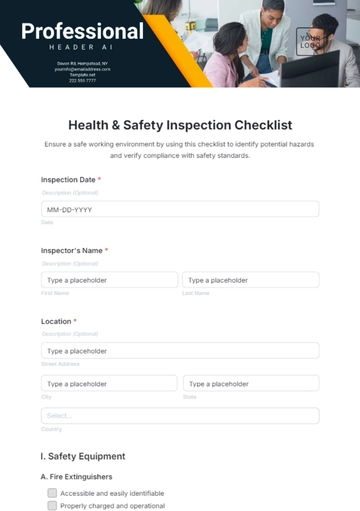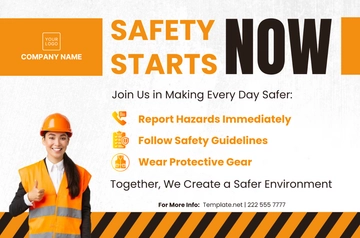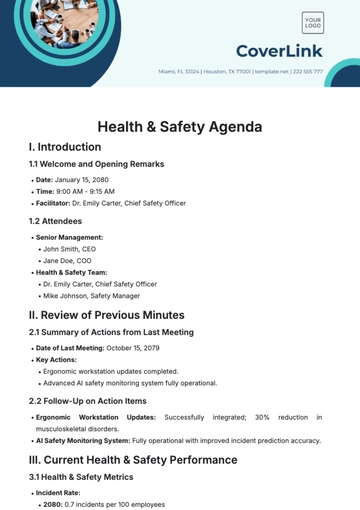Free Distress Protocol
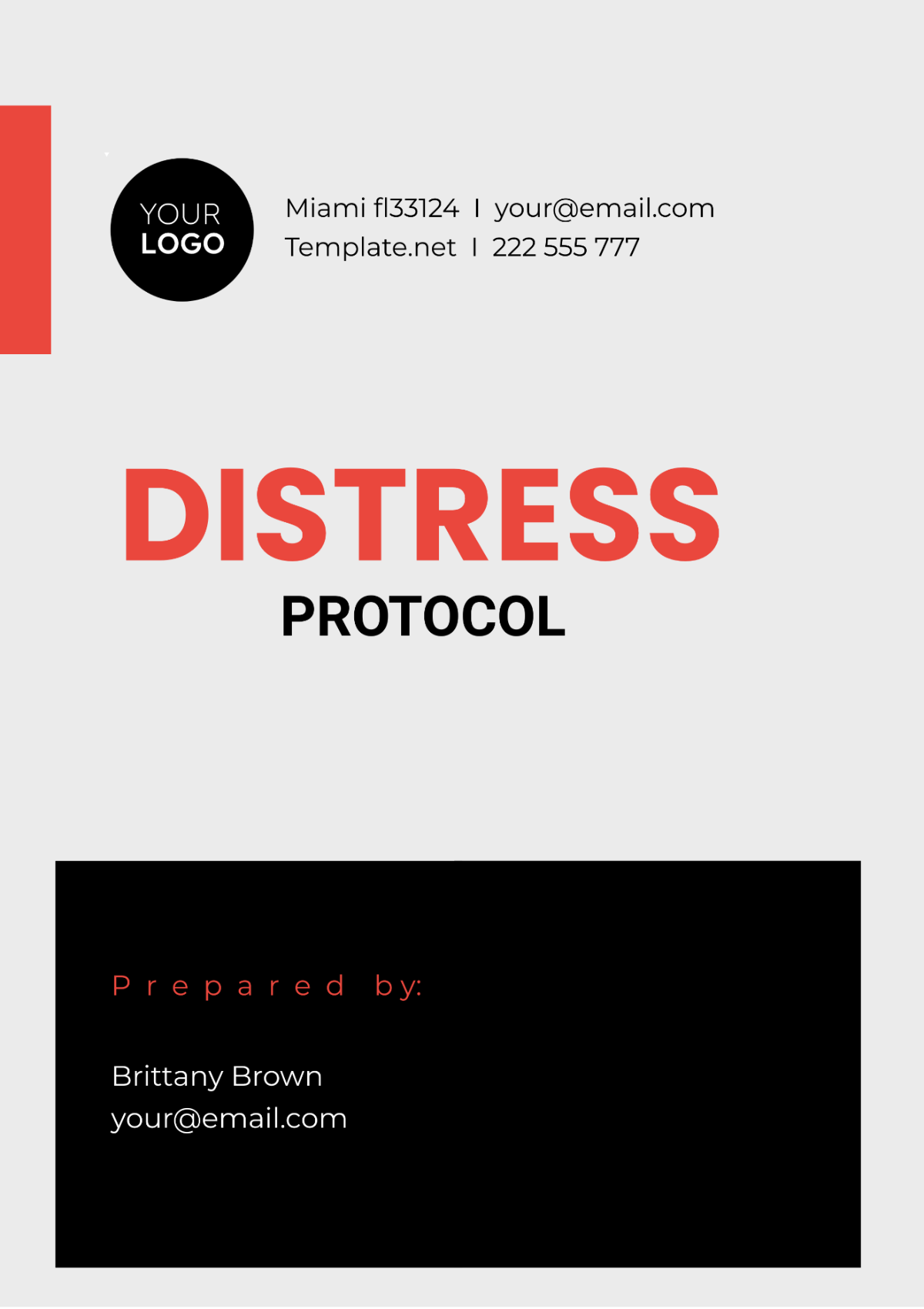
Name: | [Your Name] |
|---|---|
Company: | [Your Company Name] |
Department: | [Your Department] |
Date: | [Date] |
I. Objectives
The primary objectives of this protocol are to frame a structured response to emergency or crises in the operations of [Your Company Name] at the department level. This protocol aims to:
Outline the steps needed to ensure minimal disruption.
Increase awareness and understanding of emergency management principles across your Department.
These objectives are not exhaustive, as the nature of emergencies can vary widely, and it's vital to have a flexible, adaptable plan to counter them in the most effective way possible.
II. Protocol Overview
This protocol is designed to ensure that an appropriate response is initiated in case of an emergency or crisis in [Your Company Name]. The protocol encompasses various types of emergencies like natural disasters, health crises, and operational failures.
This protocol provides step-by-step guidance to the workforce of your Department, and help maintain continuity of operations during and after the crisis.
III. Procedure
The emergency procedure for your Department must be as following:
Identify the emergency situation.
Alert relevant authorities and team members.
Engage the necessary responses according to the situation.
The specific actions to be taken will be highly dependent on the nature of the emergency or crisis and will require responsible decision-making, communication, and coordination.
IV. Data Collection
Data collection during an emergency involves tracking the incident's details for future analysis and improvements. Data regarding the time, date, type, severity, and responses to an emergency should be collected amid the crisis.
This information can significantly contribute to a more effective responses in future emergencies and improve areas of weakness within the department's emergency preparedness framework.
V. Safety Considerations
Safety considerations for this protocol prioritize the safety and well-being of Your Department personnel and operations. Steps include:
Ensuring that every individual is aware of emergency exits and safety equipment.
Encouraging regular safety drills and checks for preparedness.
These considerations should be a central factor both in planning for and responding to any emergency. It's fundamental to protect our employees and assets during emergencies.
VI. Expected Results
The protocol is expected to yield a thorough and efficient response to emergency situations. Clear communication of plans, understanding of roles, and the ability to make swift decisions could lead to minimal business disruption.
The detailed investigation and reporting of emergency scenarios should lead to improvements in future response efforts.
VII. Conclusion
This protocol is designed to guide your Department in managing emergencies in a structured and measured way. Optimal responses to such crises can safeguard both life and property. Detailed understanding and application of this protocol is the collective responsibility of the whole department.
The protocol does not downplay the importance of creativity, intuition, and adaptability in responding to each crisis. It is the balance of structure and flexibility that makes these protocols effective.
- 100% Customizable, free editor
- Access 1 Million+ Templates, photo’s & graphics
- Download or share as a template
- Click and replace photos, graphics, text, backgrounds
- Resize, crop, AI write & more
- Access advanced editor
Discover the ultimate solution for crisis management with the Distress Protocol Template from Template.net. Crafted to perfection, this editable and customizable template empowers you to streamline response strategies effortlessly. Seamlessly editable in our AI Editor too, it ensures adaptability and efficiency in handling emergencies. Elevate your preparedness with this essential tool today.
